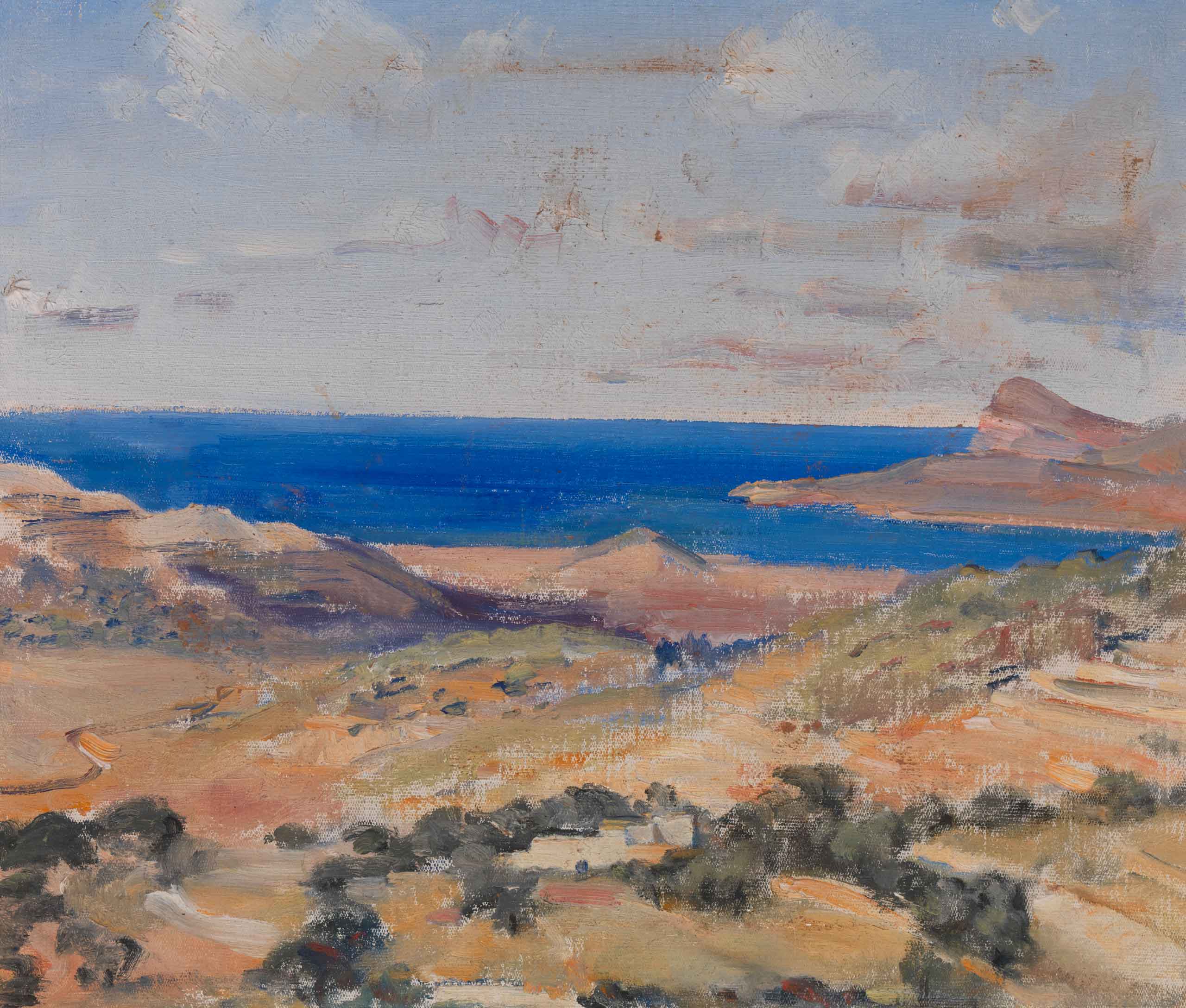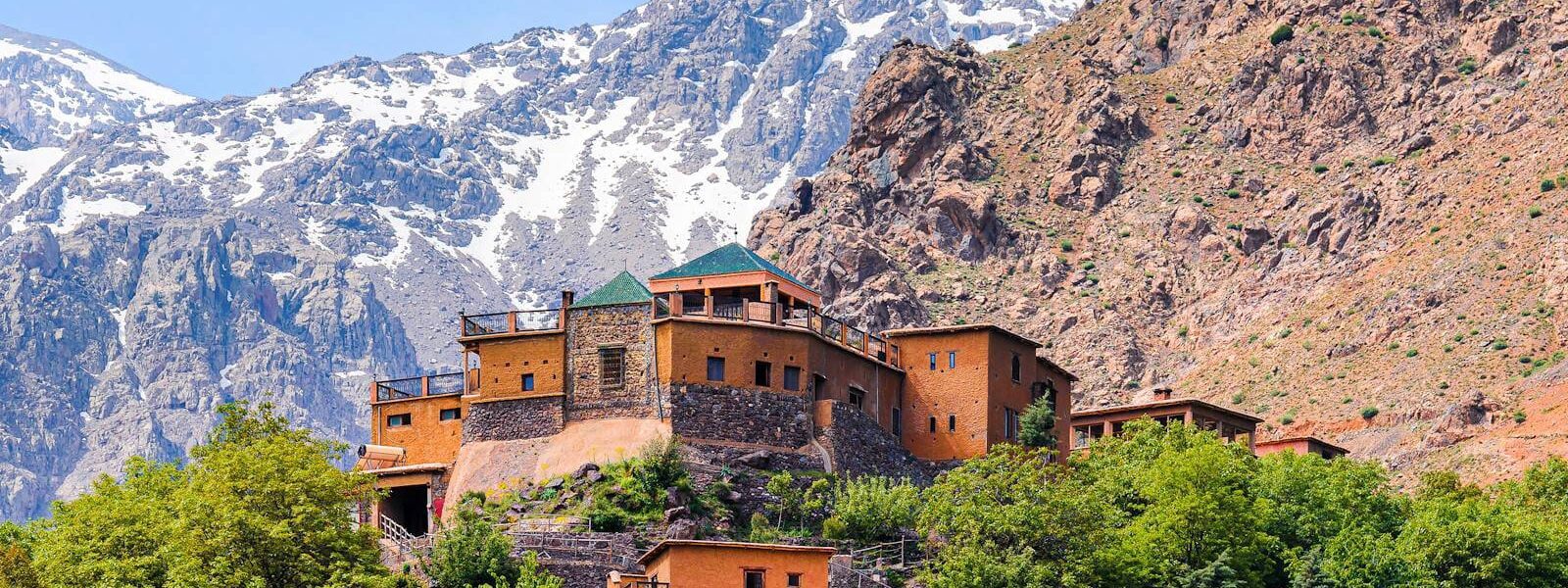Welcome to the Mount Toubkal FAQ section. Here, we aim to answer some of the most frequently asked questions about climbing Mount Toubkal.
Mount Toubkal FAQ: Your Ultimate Guide to Climbing North Africa’s Highest Peak
- How difficult is it to climb Mount Toubkal?
- What is the best time to climb Mount Toubkal? (Mount Toubkal FAQ)
- What gear do I need for climbing Mount Toubkal? (Mount Toubkal FAQ)
- Can I climb Mount Toubkal without a guide? (Mount Toubkal FAQ)
- How long does it take to climb Mount Toubkal? (Mount Toubkal FAQ)
- What are the risks involved in climbing Mount Toubkal?
- What are the highlights of climbing Mount Toubkal? (Mount Toubkal FAQ)
- How dangerous is climbing Toubkal? (Mount Toubkal FAQ)
- The Dangers of Climbing Toubkal (Mount Toubkal FAQ)
- Hypothermia and Exhaustion
- Acute Mountain Sickness
- HAPE and HACE
- How long does it take to climb Toubkal?
How difficult is it to climb Mount Toubkal?
Climbing Mount Toubkal is challenging but achievable with proper preparation and acclimatization, but it is considered a relatively easy climb compared to other high-altitude peaks. The mountain has an elevation of 4,167 metres (13,671 feet) and is the highest peak in North Africa.
The difficulty of climbing Mount Toubkal depends on factors such as your fitness level, altitude tolerance, and previous hiking or climbing experience. The climb involves steep ascents and descents, and the altitude can cause altitude sickness, which can be potentially dangerous.
However, with proper preparation, such as acclimatisation, physical conditioning, and the right equipment, most people with average fitness levels and some hiking experience can successfully climb Mount Toubkal.
What is the best time to climb Mount Toubkal? (Mount Toubkal FAQ)
The best time to climb Mount Toubkal is during the spring (April–May) and autumn (September–October), when the weather is generally stable and pleasant.
What gear do I need for climbing Mount Toubkal? (Mount Toubkal FAQ)
Proper trekking gear is essential for climbing Mount Toubkal. This includes sturdy hiking boots, warm clothing, a sleeping bag, and other necessary equipment.
Can I climb Mount Toubkal without a guide? (Mount Toubkal FAQ)
Climbing Mount Toubkal without a guide is possible but not recommended. A qualified mountain guide can ensure your safety and provide valuable assistance throughout the trek.
How long does it take to climb Mount Toubkal? (Mount Toubkal FAQ)
The standard itinerary for climbing Mount Toubkal takes 3-4 days, including acclimatization and summit day. However, the duration can vary depending on your fitness level and weather conditions.
What are the risks involved in climbing Mount Toubkal?
Climbing Mount Toubkal involves risks such as altitude sickness, extreme weather conditions, and potential rockfalls. Proper preparation, acclimatization, and following safety guidelines are crucial to minimizing these risks.
What are the highlights of climbing Mount Toubkal? (Mount Toubkal FAQ)
Climbing Mount Toubkal offers stunning mountain scenery, a sense of achievement, and the opportunity to experience the Berber culture and traditions along the way. The panoramic views from the summit are truly breathtaking.
How dangerous is climbing Toubkal? (Mount Toubkal FAQ)
Car travel is often taken for granted due to our familiarity with it from an early age, but it is actually incredibly perilous. The thought of manoeuvring a ton of metal within close proximity of another equally massive object moving in the opposite direction, with the potential for distractions like phone calls, noisy children, or disagreements with fellow passengers, should fill us with dread. Unfortunately, it does not.
Over the past 15 years, our company has conducted numerous Kilimanjaro climbs, and although we have been fortunate to work with thousands of crew members, we have sadly lost two of them to tragic accidents. It is worth noting that these incidents did not occur on Kilimanjaro, but rather on the road while en route to work.
While climbing Toubkal does pose certain risks, it is important to consider them in context.
The Dangers of Climbing Toubkal (Mount Toubkal FAQ)
Mountaineering per se is inherently dangerous. The most common dangers are usually the following:
- Acute Mountain Sickness, which may develop into pulmonary or cerebral oedema and lead to death
- Being hit by rockfall
- Hypothermia
- Exhaustion
Hypothermia and Exhaustion
I have observed that a small number of companies employ a marketing tactic of amplifying the dangers associated with climbing Toubkal to deter potential climbers from choosing any other guide service. However, based on my personal experience, it is highly improbable for a client to succumb to hypothermia or exhaustion from climbing Toubkal. Even guides who lack proper training and exhibit poor judgement, but have acquired the necessary qualifications to guide, are unlikely to push their clients to the point of exhaustion or fail to recognise signs of severe cold exposure.
Acute Mountain Sickness
From a technical perspective, it is likely that about 75% of trekkers who climb Toubkal will experience some degree of Acute Mountain Sickness (AMS), given that it is unusual for climbers not to exhibit at least mild symptoms such as headaches or nausea as the initial signs of AMS. Nevertheless, a thoughtfully planned itinerary, a vigilant guide, and proper attention to nutrition, hydration, and rest throughout the journey will ensure that in the vast majority of cases, any symptoms experienced will be very mild or nonexistent.
HAPE and HACE
In the event that a trekker experiences AMS and manages to conceal it from their guide, there is a possibility that this condition could worsen during ascent and escalate into pulmonary or cerebral edema. These ailments are the body’s reaction to an insufficient supply of oxygen to organs that normally require substantial amounts of it, such as the brain and lungs. To shield against permanent harm, these organs release protective fluids when they detect impending damage due to oxygen deprivation. However, the presence of these fluids can be agonising and incapacitating, and the reduced functioning of these organs at high altitude can lead to the progressive starvation of other body organs, as well as severely impaired mental function in the case of cerebral edema.
If the edema is detected early, a descent of only 300 metres is typically adequate for the client to regain the ability to continue descending independently. However, since a side effect of the ailment is decreased function, including muscle atrophy in the case of High Altitude Pulmonary Edema (HAPE) and diminished coordination, which may take some time to improve, it is typically suggested that the evacuation continues to be aided for at least an additional 1,000 metres of descent.
How long does it take to climb Toubkal?
Toubkal, located in the High Atlas Mountains of Morocco, is one of the most popular mountains for climbers and hikers. Standing at 4,167 metres, it is the highest peak in North Africa and offers breathtaking views of the surrounding region. Climbing Toubkal is a challenging feat that requires proper preparation, planning, and acclimatisation to ensure safety and success.
Mount Toubkal Trek 2 days
Limited Time Offer: Book your Mount Toubkal Trek for 2 days within the next 7 days and receive a special discount. Don’t miss out on this opportunity to conquer North Africa’s highest peak at an unbeatable price.

Many climbers wonder how long it takes to climb Toubkal. The answer depends on several factors, including the route taken, the climber’s fitness level and experience, and the degree of acclimatisation. Climbing Toubkal can take anywhere from two to four days, depending on the route and the climber’s pace.
While it is tempting to take the shorter routes to the summit, it is advisable to choose longer routes that allow for proper acclimatisation. Acclimatisation is the process by which the body adapts to high altitudes and the lower levels of oxygen. The higher you climb, the less oxygen there is in the air, which can cause altitude sickness if the body does not acclimate properly.
Taking longer routes to Toubkal allows the body to gradually adjust to the altitude, reducing the risk of altitude sickness. The longer routes also offer stunning views of the landscape and provide a more enjoyable and less stressful climbing experience.
It is recommended to take frequent breaks during the climb to catch your breath and acclimatise to the altitude. Upon reaching the summit, climbers are rewarded with panoramic views of the High Atlas Mountains and the surrounding landscape.
Taking longer routes to climb Toubkal also provides climbers with the opportunity to explore the local culture and interact with the local Berber people. The Berbers are the indigenous people of North Africa and have a rich culture and history. The longer routes take climbers through remote Berber villages and offer a glimpse into the daily lives of the people.
In conclusion, climbing Toubkal is a challenging but rewarding experience that requires proper preparation, planning, and acclimatisation. While it is tempting to take shorter routes to the summit, it is advisable to choose longer routes that allow for proper acclimatisation and reduce the risk of altitude sickness.

